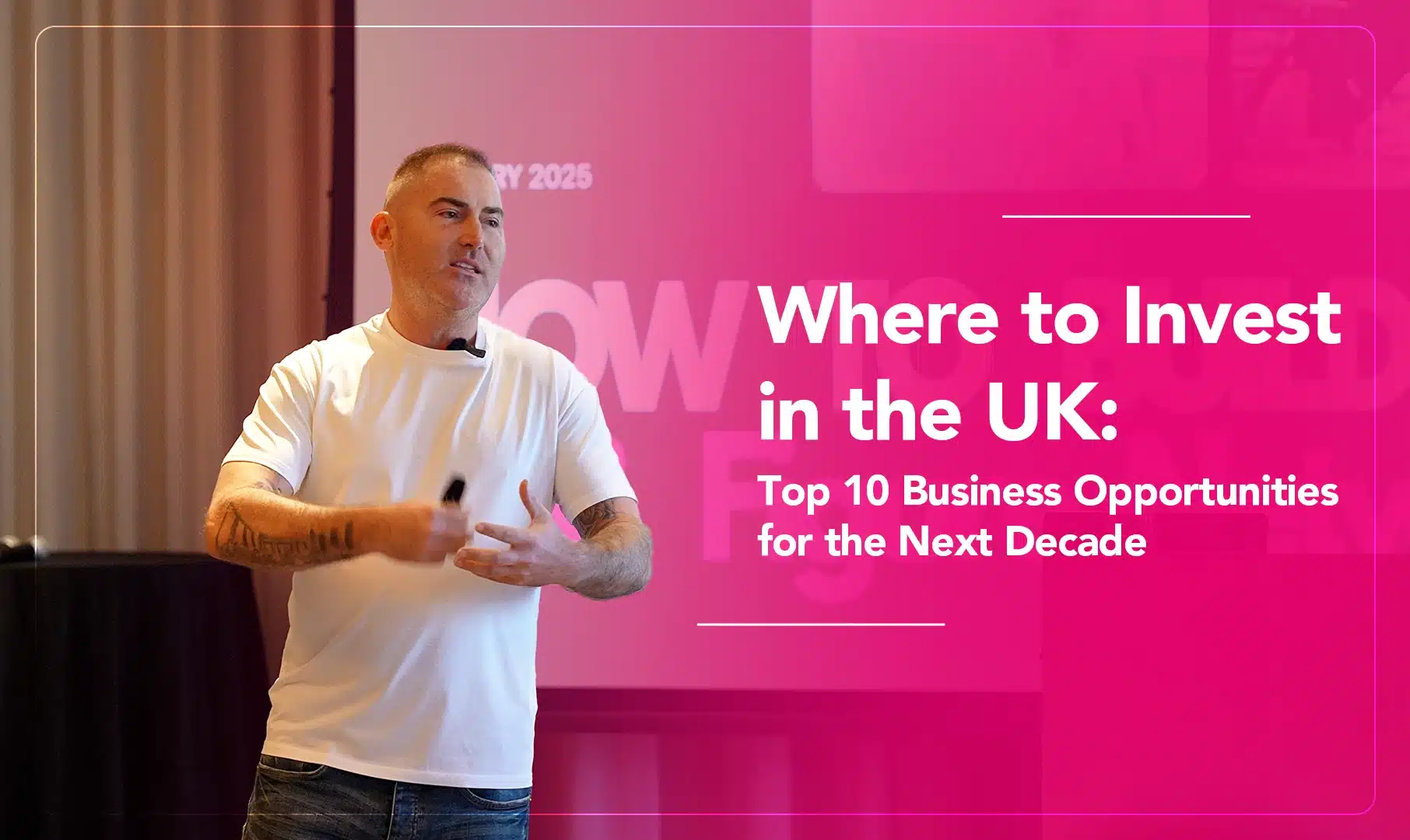Quick business loans can be a lifeline for small and medium-sized enterprises (SMEs) in the UK, providing the necessary funds to grow, expand, or navigate challenging periods. However, using these loans effectively requires careful planning and informed decision-making. Today, we’ll explore the dos and don’ts of using quick business loans to ensure your ventures are successful and sustainable.
The Dos of Using Quick Business Loans
1. Do Assess Your Needs Accurately
Before applying for a quick business loan, conduct a thorough financial assessment. Determine exactly how much funding you need and for what purpose. This will help you avoid borrowing more than necessary and ensure that the loan serves its intended purpose.
Tips:
- Prepare a detailed budget.
- Identify specific expenses or investments the loan will cover.
- Consider potential future financial needs to avoid multiple loan applications.
2. Do Compare Different Lender
Not all quick business loans are created equal. Take the time to compare different lenders to find the best rates and terms for your business. Look for reputable lenders who offer transparent terms and conditions.
Tips:
- Use comparison websites to evaluate loan options.
- Consult with financial advisors who can provide insights into different lenders.
- Read reviews and testimonials from other business owners.
3. Do Understand the Terms and Conditions
Read the loan agreement carefully and ensure you understand all the terms and conditions. Pay special attention to the interest rates, repayment schedules, and any additional fees that may apply.
Tips:
- Ask the lender to explain any terms you don’t understand.
- Look out for hidden fees or charges that could increase the cost of the loan.
- Ensure the repayment schedule aligns with your business’s cash flow.
4. Do Have a Repayment Plan
A well thought-out repayment plan is crucial for managing your loan effectively. Make sure you can comfortably meet the repayment terms without jeopardising your business’s financial stability.
Tips:
- Create a repayment schedule that fits your cash flow cycles.
- Set aside funds specifically for loan repayments.
- Monitor your finances regularly to stay on track.
5. Do Use the Funds Wisely
Prioritise the use of loan funds for critical business needs. Whether it’s investing in new equipment, covering payroll, or funding marketing campaigns, ensure that the loan contributes to the growth and sustainability of your business.
Tips:
- Allocate funds to high-impact areas.
- Avoid using the loan for non-essential or personal expenses.
- Track the impact of the loan on your business performance.

The Don’ts of Using Quick Business Loans
1. Don’t Borrow More Than You Need
Over-borrowing can lead to unnecessary debt and financial strain. Only borrow what you need to meet your immediate business needs and avoid the temptation to take on more debt than necessary.
Risks:
- Increased debt burden and repayment obligations.
- Potential negative impact on your credit rating.
2. Don’t Ignore Your Credit Score
Your business credit score plays a significant role in your ability to secure loans and favourable terms. Maintaining a good credit score can open up more financing options and better interest rates.
Tips:
- Regularly check your business credit report.
- Address any inconsistency or issues promptly.
- Keep your credit utilisation ratio low.
3. Don’t Overlook Hidden Fees
Hidden fees can significantly increase the cost of your loan. Be aware of any additional charges that may not be immediately apparent in the loan agreement.
Tips:
- Ask for a detailed breakdown of all fees and charges.
- Compare the total cost of different loan options.
- Factor in all potential costs when assessing loan affordability.
4. Don’t Delay Repayments
Timely repayments are crucial for maintaining a good relationship with your lender and protecting your credit score. Late payments can result in penalties and damage your business’s financial reputation.
Tips:
- Set up automatic payments to ensure timely repayments.
- Keep track of repayment dates and amounts.
- Communicate with your lender if you anticipate any difficulties in making payments.
5. Don’t Rely Solely on Quick Loans for Long-Term Funding
Quick business loans are ideal for short-term needs, but they may not be the best solution for long-term financing. Consider a diversified funding strategy to support your business’s long-term growth.
Alternatives:
- Explore traditional business loans for larger, long-term investments.
- Consider equity financing to raise capital without taking on debt.
- Look into government grants and other funding opportunities available in the UK.
Quick business loans can be a powerful solution for UK businesses, offering the financial flexibility needed to seize opportunities and navigate challenges. By following these dos and don’ts, you can make the most of these loans while safeguarding your business’s financial health. Remember to approach borrowing with a clear plan, understand the terms of your loan, and use the funds wisely to drive your business forward.
Get expert advice and personalised financing solutions tailored to your needs with Matt Haycox. Contact us today to explore your options and secure the funding you need to grow your venture.





